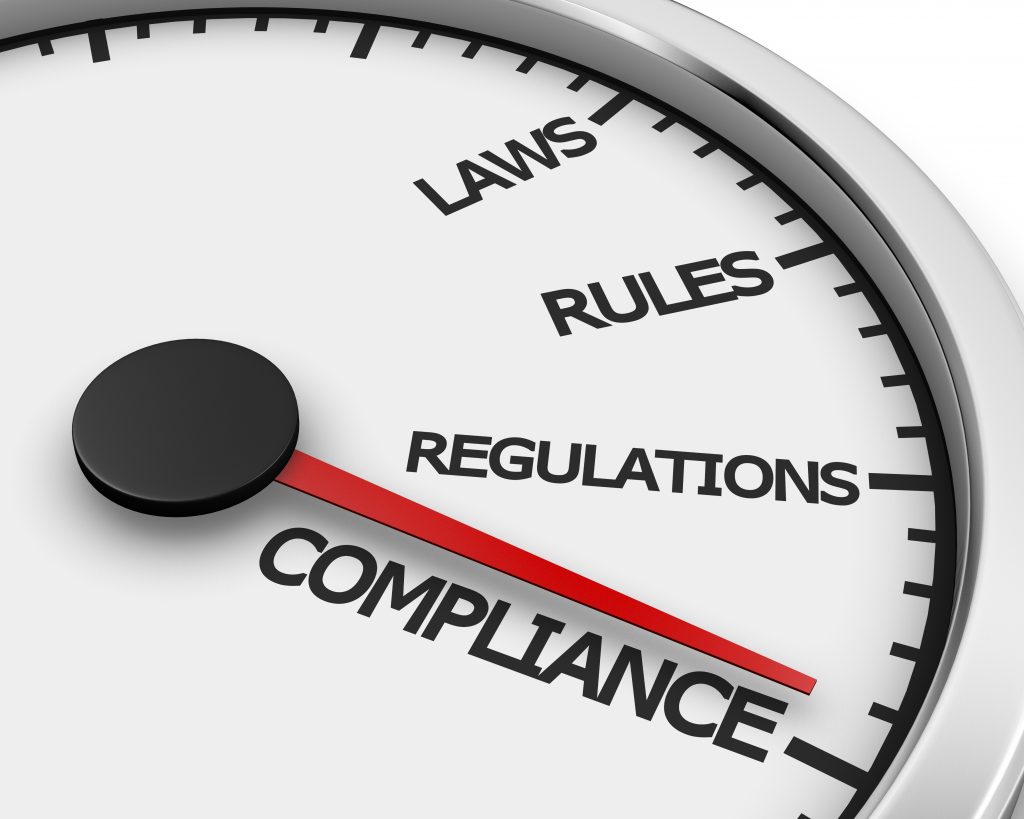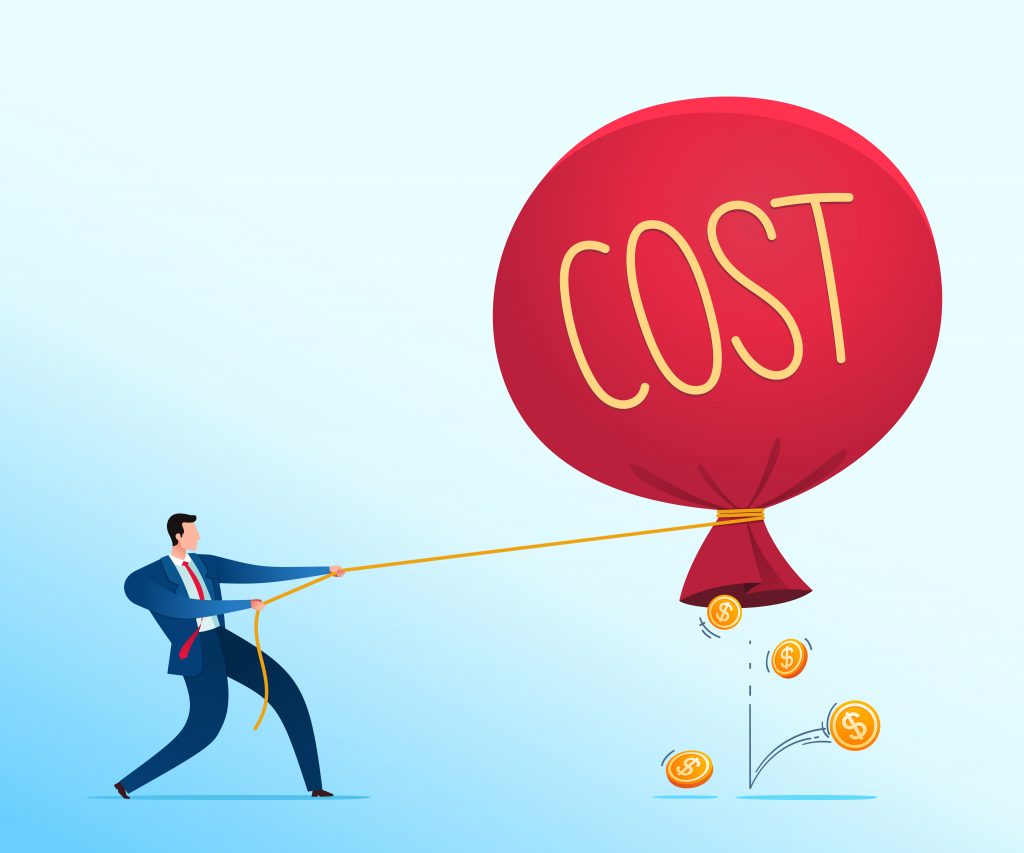The managing of and interacting with the third party vendors of any company, that provides goods and services to the organization, is called Supplier Relationship Management or SRM.
Although the supplier management system has always been chosen by companies for effective management of the vendors, over the days, its process has gone through a huge transition.
The sudden growth in technology and the global scale of the economy has given customers a wide range of supplier choices, which has made it tough for companies to decide a supplier management system that is best for their company.
Key factors driving Supplier Management
To understand the utility of a supplier management system in a company, it is important to focus on the best 10 ways by which we can execute a successful supplier management system. Here are a few that you should primarily take into consideration:
1. Increasing operational costs
The increasing operational costs lead to augmented operational scale that results in a rising need for local as well as global suppliers.
The reason behind the rising depth of the organization’s supplier base is because of the increasing complexity of supply. The vulnerability of the organization depends upon the growing risk in the supply chain.
Managing the supply data allows organizations to streamline the important supplier data to provide meaningful insights for improving supplier management. Matching industrial standards of supplier performance so that organizations can achieve best-in-class performance.
2. Adding effectiveness to the supply chain
The supplier base of the organization is increasing, as there is a string of factors like increased globalization business processes, which provides access to global suppliers, increasing the complexity of supply chains, increasing in the scale of operations of organization, etc. The process of managing the entire supply chain becomes difficult as there is an increase in the number of suppliers.
3. Achieving cost savings and controlling the quality
There are a lot more cost saving opportunities and scrutiny of quality supplier output because of strong supplier management practices. This has its implications on the company’s bottom line.
4. Improving the organisation’s supply transparency
Supplier management system allows suppliers to collect valuable information and data regarding the lifecycle of the suppliers. It enables the organizations to have increased transparency into the number and type of engaged suppliers and the quality of work they are providing to the company.
5. Tracking the Compliance to relevant parameters

There are a specific set of parameters to ensure the requirements of the organization. It is mandatory that all the suppliers fulfil that. Using a proper supplier management system, it can be evaluated by supplier compliance with a set of parameters that can also be improved to derive the maximum value.
6. Evaluation of Supplier Performance
Evolution of the suppliers determines the performance of the organization. The supplier management allows you to evaluate supplier management performance, but it also lets you assess their performance as a supplier, giving an in-depth analysis of their performance.
Supplier management includes the creation of the various key performance indicators, that helps to assess the value created by the suppliers.
Development programs to support once you have evaluated suppliers and identified areas for improvement, supplier management can help you design development programs to support suppliers, especially the ones that cater to long-term/crucial requirements and help improve their performance.
7. Leveraging supplier management
It might not seem so, but the relationships you build with your suppliers can be very beneficial for your organization. When you collaborate with your suppliers and involve them in the process of deciding how to achieve the relevant requirements, you build long-lasting, trust-based relations that can be leveraged in the future. Collaborating with suppliers makes them more willing to understand your business needs and consider strategies on the organization’s terms.
Following are the 3 steps of supplier management process:
1. Recognizing Business Goals
There are a set of business goals that need to be determined before getting on-board with the supplier management process. The supplier management process highlights every department that is dependent on the third parties to map the relevant suppliers to every need, without duplicating efforts and resources.
2. Identifying Selection Criteria for choosing the suppliers
Defining the selection criteria for choosing suppliers, will help you to understand the maximum value they can provide to the company as per the requirement.
The selection criteria depends on the type of the organization and its requirements from the suppliers, the standard measure includes; pricing, quality of past work, industrial recognition, legal reputation, etc.
3. Evaluation and Selection of the Supplier
The last process is an amalgamation of two processes. After the selection criteria has been identified, the very next step is to evaluate the relevant suppliers.

The majority of the organizations evaluate the suppliers based on the pricing they have quoted. However, it is equally important to factor in the other criteria that you have identified.
Assess the quotations and proposals given by the potential suppliers and ensure you are deriving maximum cost savings opportunities. Analyze the terms and conditions to see how well the suppliers are planning to meet the organizational requirements. At the same time, make sure you have done a thorough, holistic analysis of the suppliers’ strengths and weaknesses and studied how the external environment’s threats and opportunities can impact your engagement with the suppliers.



 Start using ZapInventory today
Start using ZapInventory today

